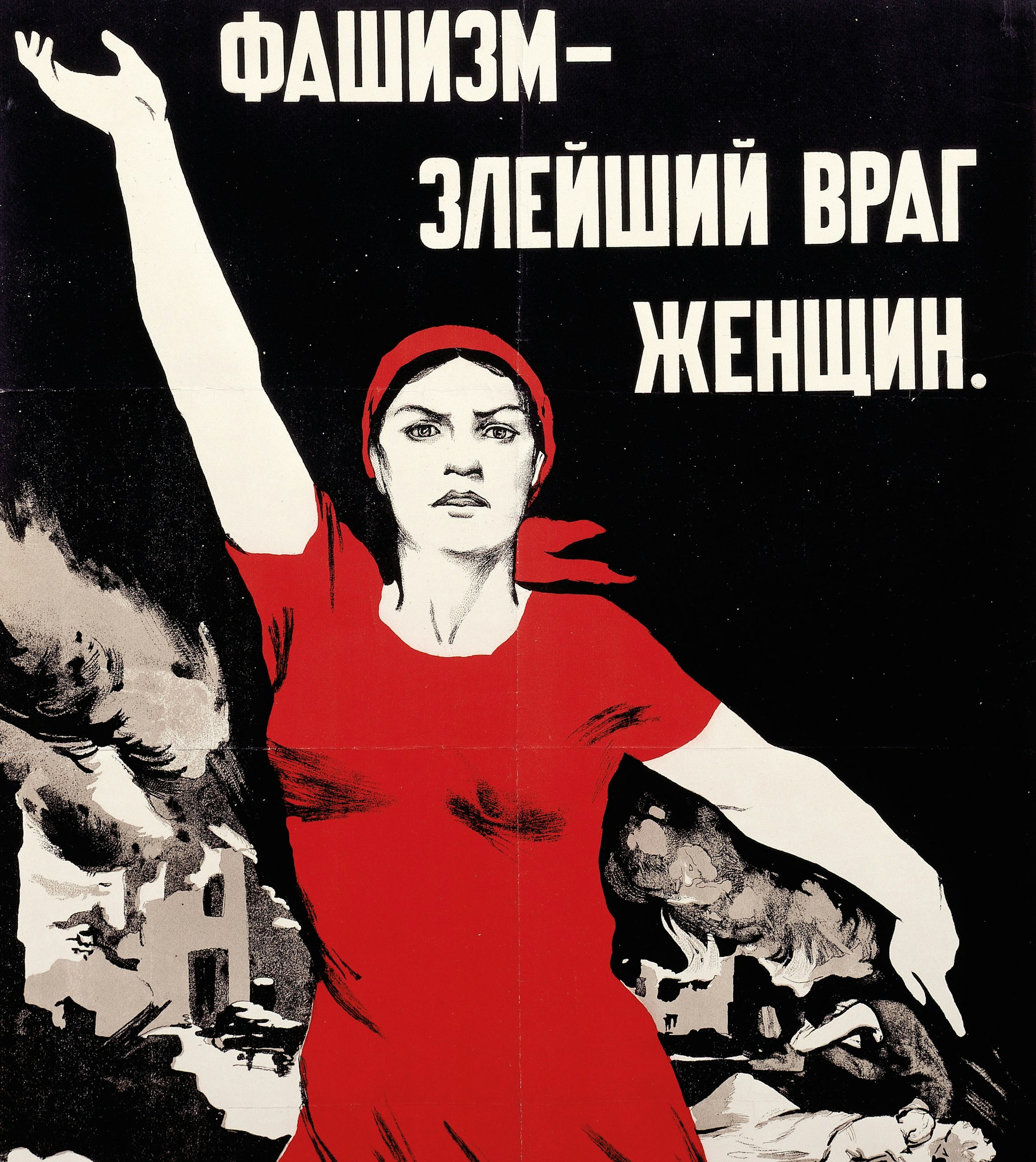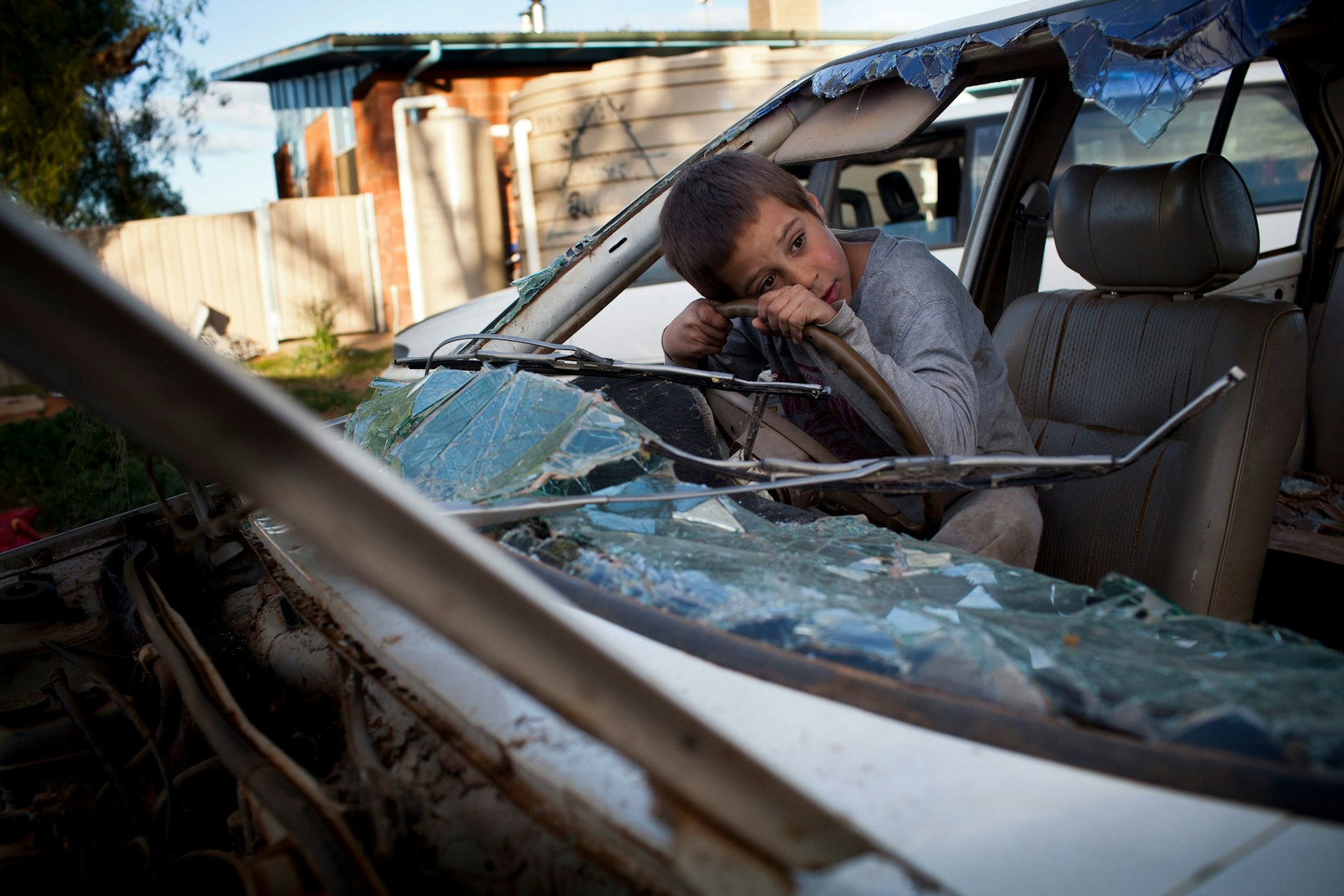
Life at the bottom of Australia's socio-economic ladder
- Text by David Maurice Smith
- Photography by David Maurice Smith
Wilcannia is a small, rural Aboriginal community in New South Wales, Australia, and I have been photographing the Barkindji people that live there for years.
The town people have a reputation for violence and abuse; the confronting scenes and shocking statistics that accompany life at the bottom of the socioeconomic ladder are there for all to see.
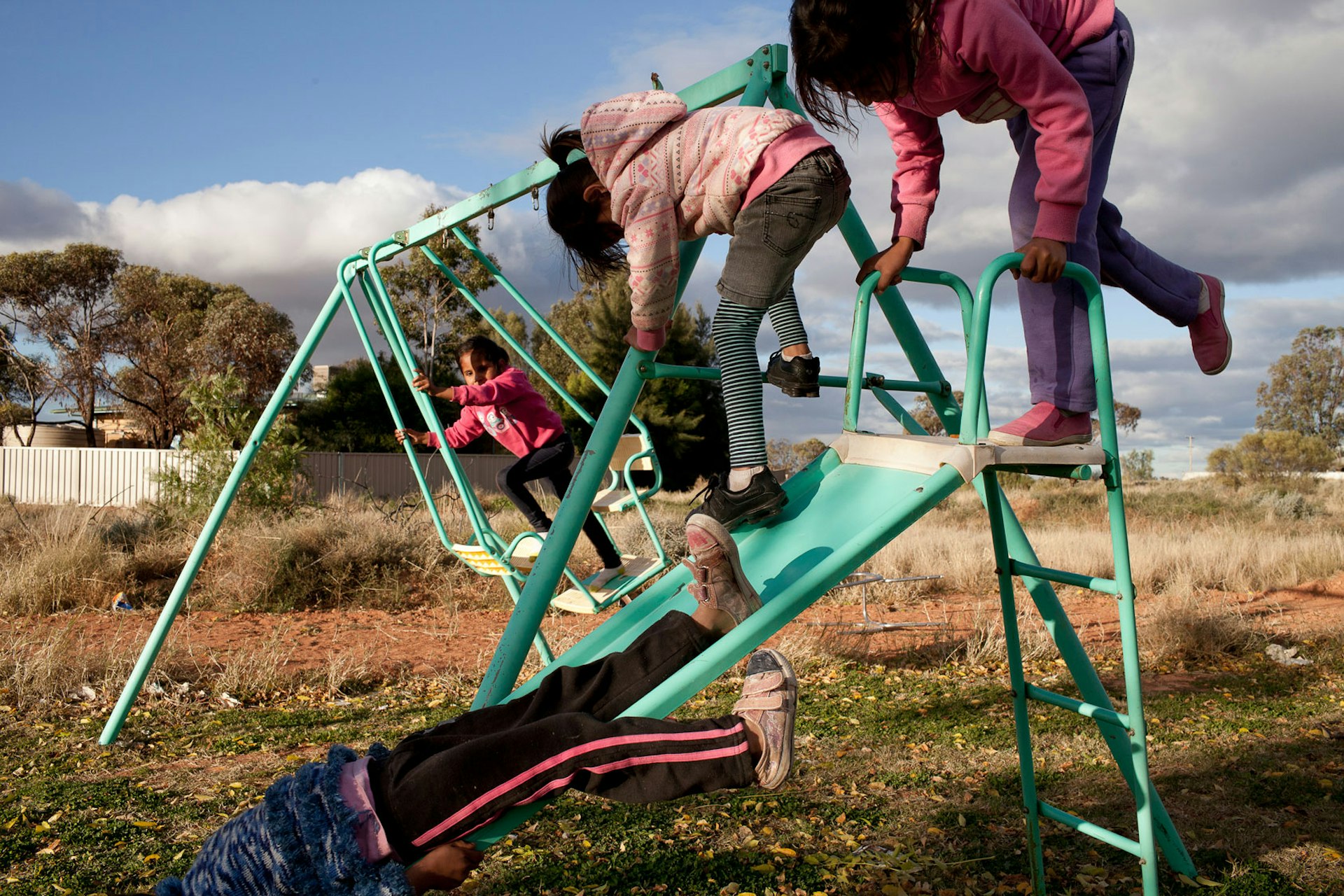

As an example, the average life expectancy for a man in Wilcannia is just 37 years old (in comparison, Somalia’s is 53 and Afghanistan is 59).
In particular alcohol abuse and all its associated issues casts a dark cloud over the community and you have to be diligent to find the stories that exist beyond that.
It is quite easy to be distracted into making dramatic images of shocking things, but if you want to make an emotional connection between the viewer and the subjects you have to move past the obvious and create images that are more nuanced.
I have always been drawn to the stories found in marginalised communities and to people living on the fringe of society.
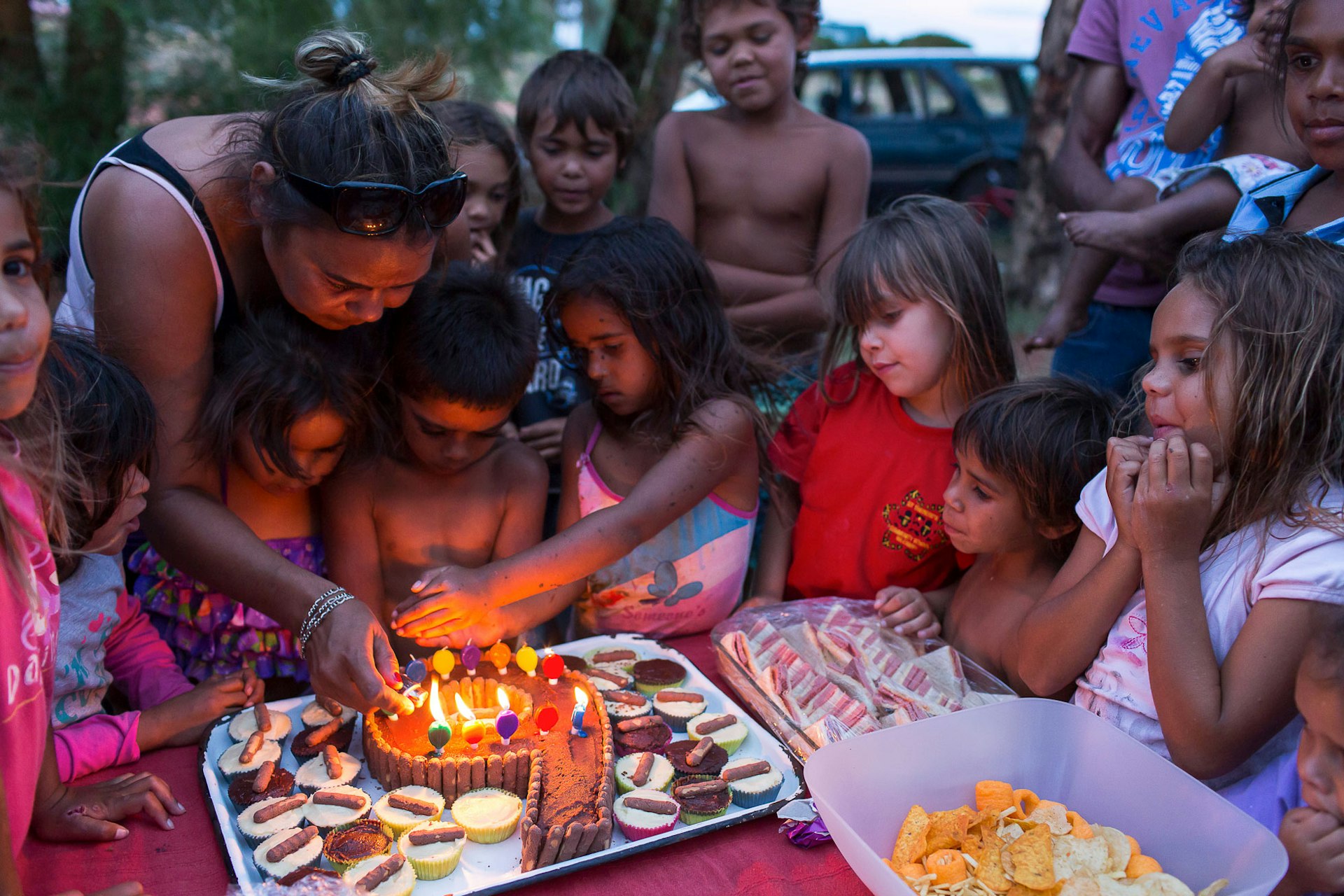

My previous career was as a social worker and I find that a lot of skills I needed for that job cross over to my work as a documentary photographer.
A good portion of my job is still to simply listen to people. I usually spend more time listening and observing than shooting, as the kind of pictures I want come easier this way.
Through empathy and understanding of your subject comes the ability to tell stronger visual stories, and that is the main goal of my work, to tell stories that represent people and communities in an engaging and authentic way.
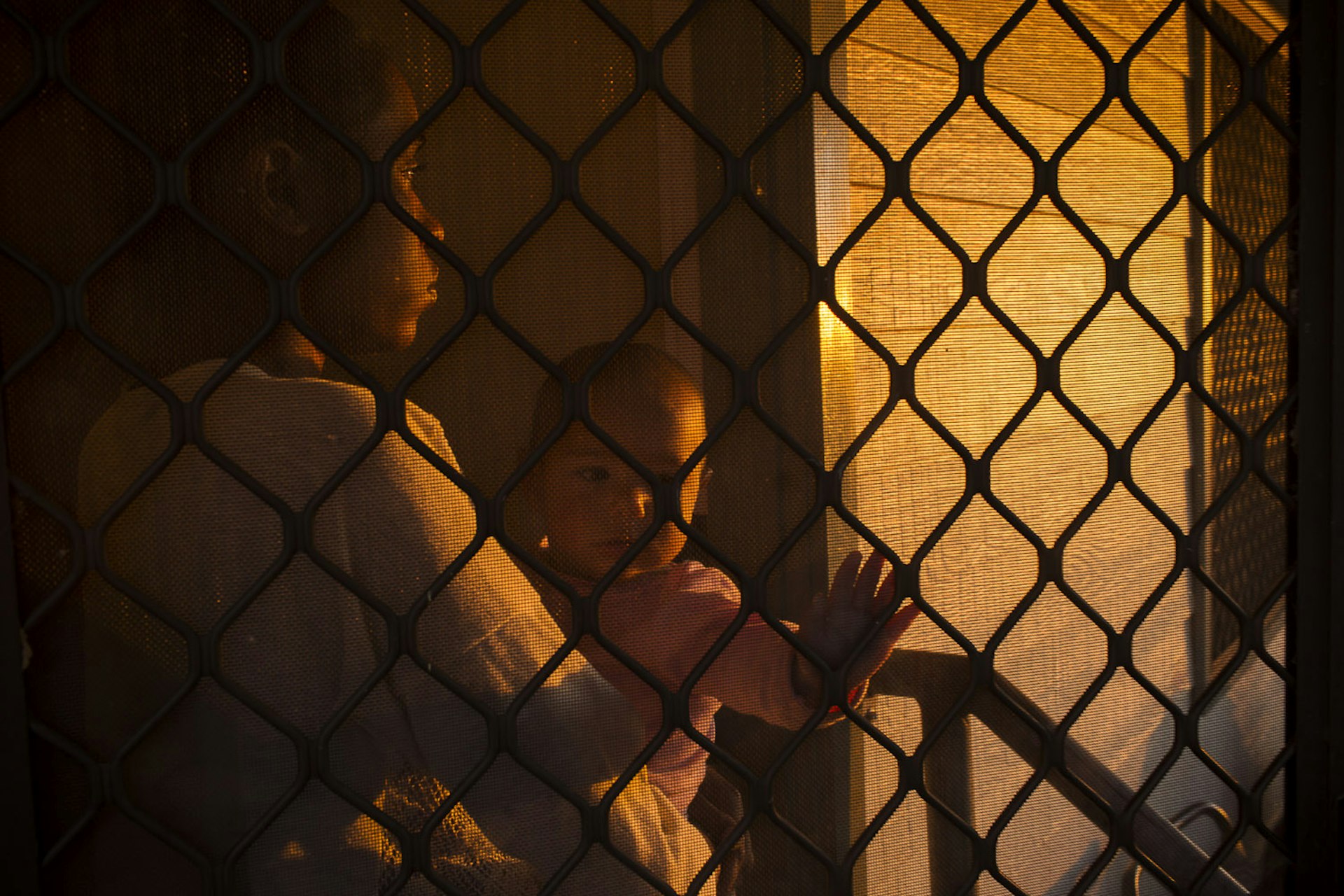
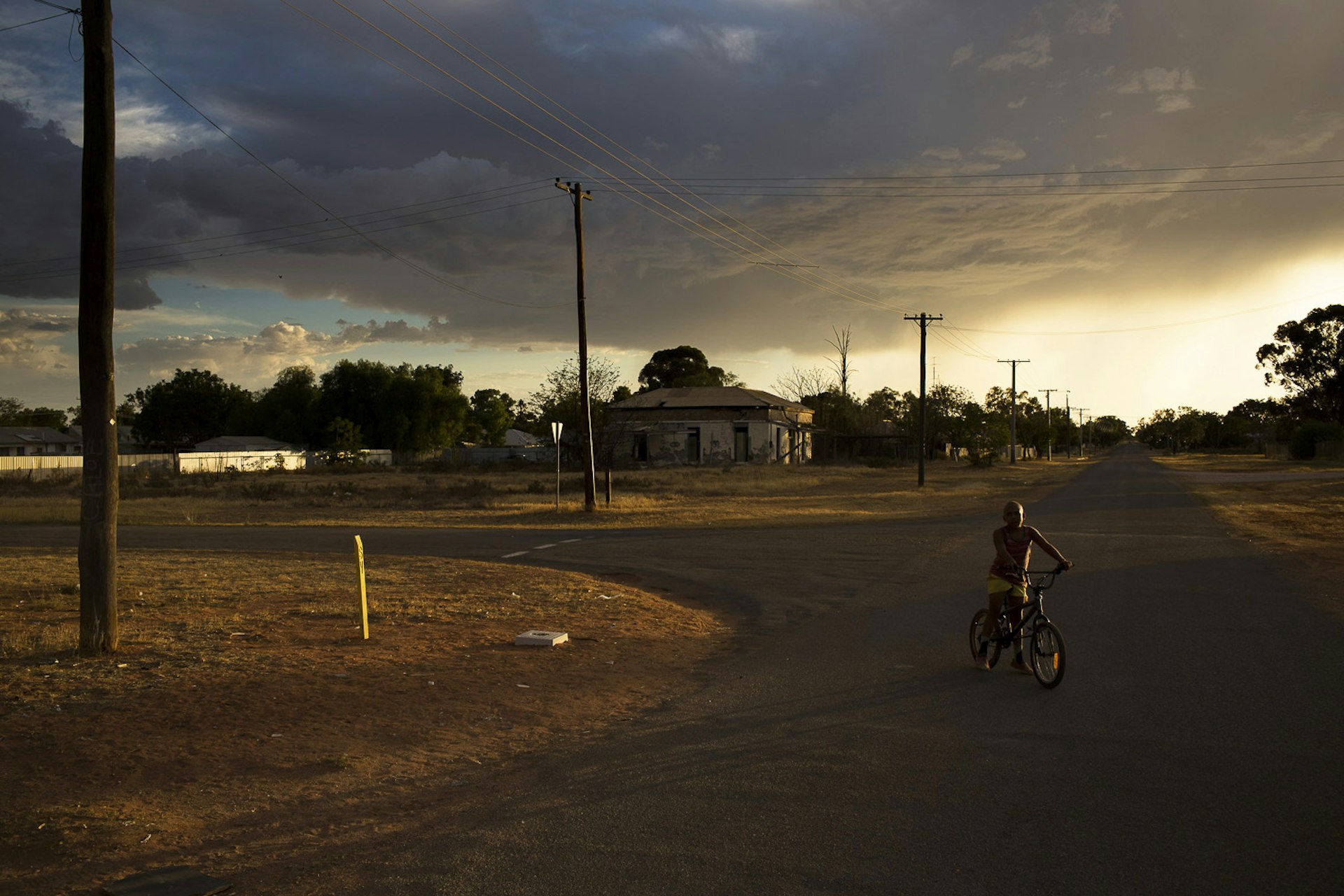
Photographers like Aaron Huey and his work with the Native American Lakota people of the Pine Ridge Indian Reservation and Eugene Richards, who’s raw but humanistic approach I respect very much, have given me a lot of inspiration.
Without a doubt the question I am asked most often about this work is how I got the level of access to the community.
The Barkindji people have been discriminated against for generations and their voices have been repeatedly misrepresented by the media so many people assume they are not welcoming to outsiders. And of course there have been times when it was difficult for me, but for the most part it has just been about being there.
I just kept going back, bringing photographs each time I returned and continuing to build relationships. I genuinely think that most people want their story to be heard and appreciate that there is someone interested enough to take the time to do it.
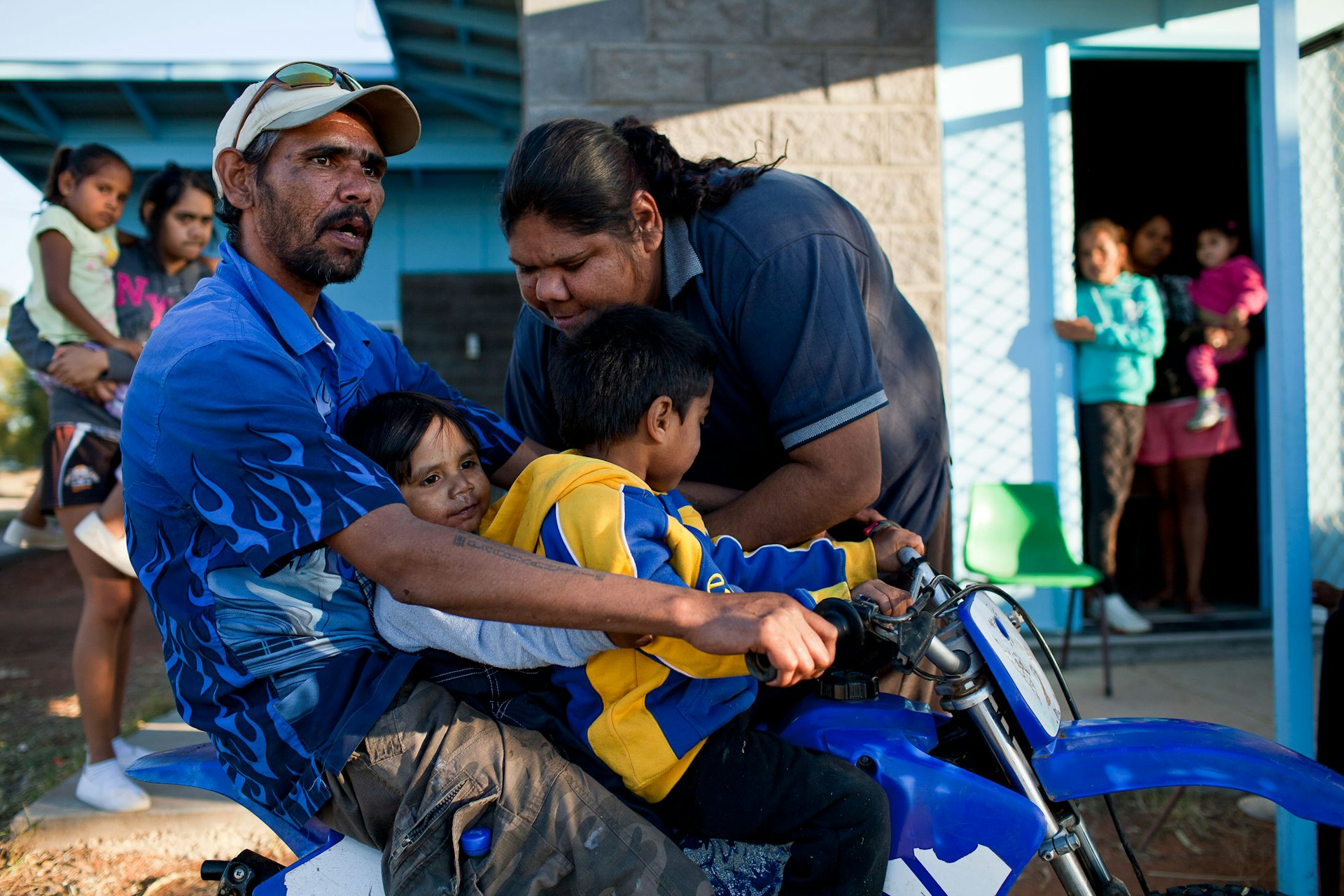
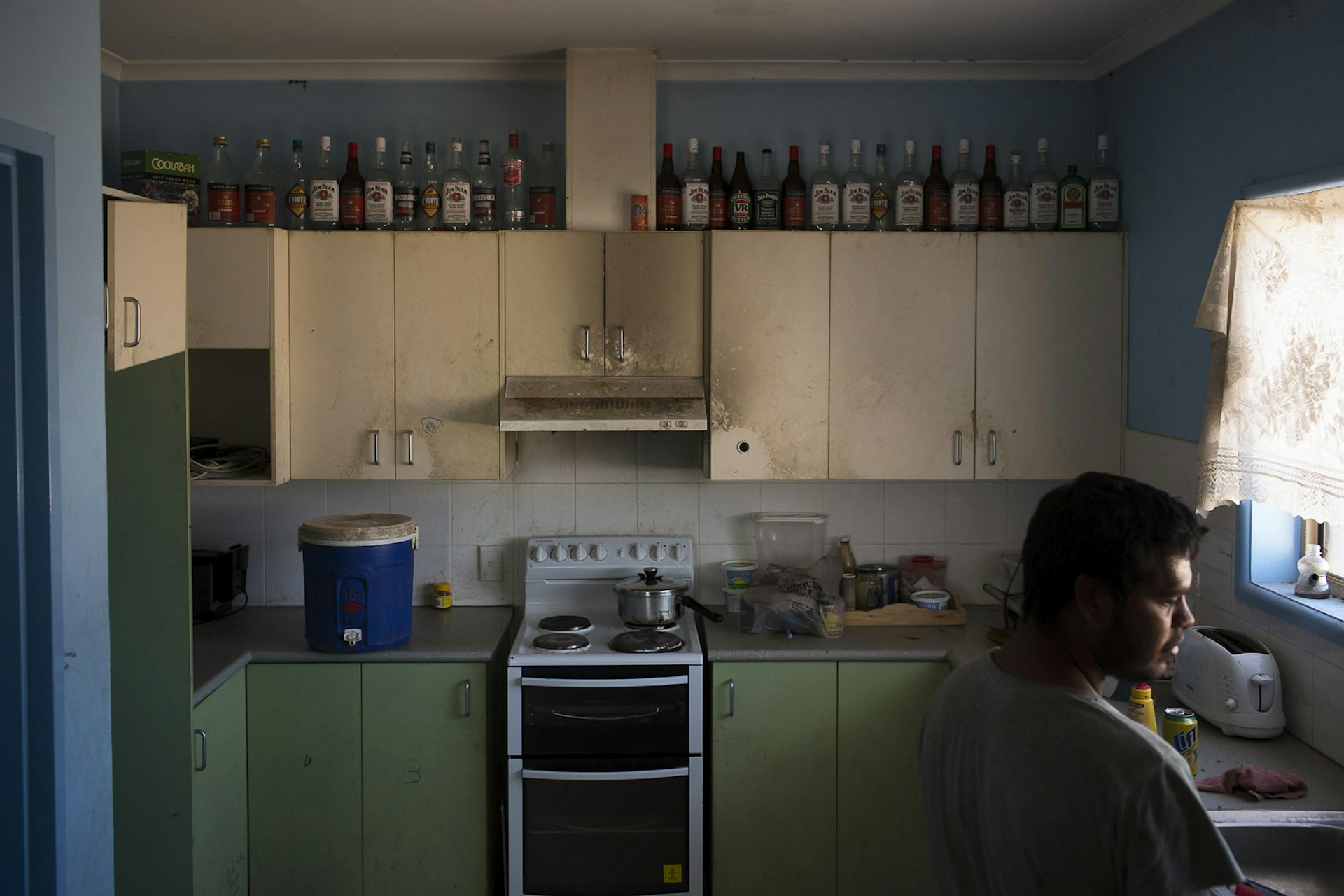
I hope my work in Wilcannia, documenting both the struggle and the beauty of the Barkindji people, touches on some universal human emotions.
Obviously I offer no solutions, only a belief that empathy and understanding can lead to social change and the hope that the Barkindji people will regain the right to decide the destiny of their culture, families and land.
The fact that even shreds of their traditional culture remain after all that they have been through is a testament to their resilience and I feel privileged to be able to have spent the time I have in their community.
This article first appeared in Huck 46: The Documentary Photography Special II. Buy it in the Huck Shop or subscribe to make sure you never miss another issue.
Check out the portfolio of photographer David Maurice Smith.
Enjoyed this article? Like Huck on Facebook or follow us on Twitter.
